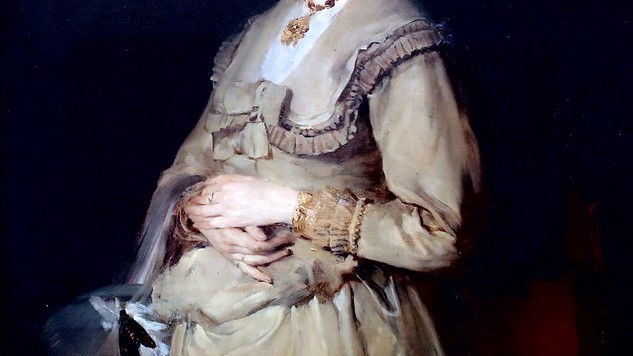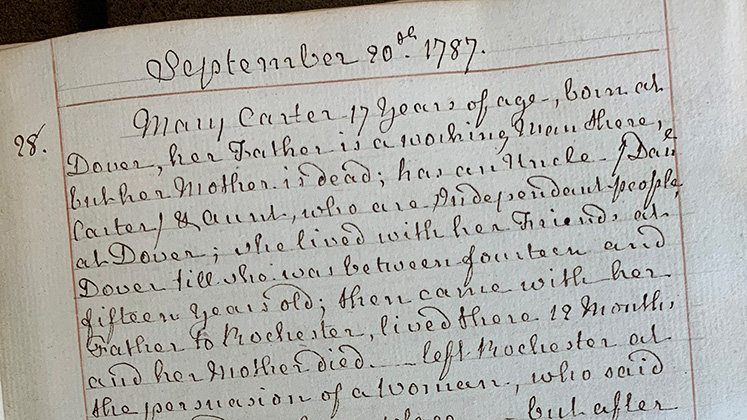Embodied by the image of Rosie the Riveter, women’s role in society expanded during World War II, but what explains the varying degrees of this expansion among combatant nations? Recent MSc graduate Alexander Jelloian examines how the varying threat levels that nations faced contributed to the ways in which women supported the war effort. Analysing the USA, UK, and USSR, he argues that increased threat levels expanded women’s involvement in previously male-dominated roles.
By the middle of World War II, women made up 53% of the Soviet industrial workforce. The number of American women employed in defense grew by 456%. But while 800,000 Soviet women would serve in active combat, no Americans did. Women across the nations involved in the war all took on new kinds of work. But what explained the differences in the types of role they took on?
My research explores how crisis provokes change in social norms by looking at the critical role that women played during World War II. Governments encouraged women to carry out jobs during the war that previously men carried out. I argue that the degree to which women’s roles expanded in ways that overturned social norms varied according to the threat level faced by the country.
Level of Danger Faced by Three Allied Powers
I looked at the three major Allied powers (USA, UK, and USSR), determined the level of danger each country faced, and examined what roles women played in the economy and military of their respective states.
The USSR faced the highest threat level. They endured significantly more casualties than the UK or USA. Approximately 10 million Soviets were killed as a direct result of military activity during the war, with millions more perishing because of famine and disease. In addition, between 10 and 17 million Soviets evacuated lands in the USSR’s western region and fled eastward, illustrating the desperate situation the Soviet people faced.
In the face of this upheaval, Soviet women made a staggering contribution to the USSR’s workforce. By the middle of the war, women made up 53% of the Soviet industrial workforce, and by the end of the war, over half of the entire Soviet workforce was female. Women in the Soviet Union often endured excruciatingly long work days on top of their domestic responsibilities. Since the number of salaried and wage-earning men in the USSR fell by about 8 million during the war, women needed to contribute in new ways to the Soviet workforce.
Perhaps the most striking sector to see a significant increase in the number of women involved was the military. Though Russia had allowed female combatants in previous wars, the scale of women’s involvement in WWII was unprecedented. Around 800,000. By the end of the war, about 8% of all Soviet combatants were women and 91 women were awarded the Hero of the Soviet Union medal, the highest award for valor available at the time in the USSR.
Britain and America found themselves threatened, but not to the same extent as the Soviets. Their casualties were not as high and they never had enemy troops occupy their territory. Still, the threat level faced by the UK and USA altered the roles of women in society.
At the war’s outset, the British government recruited about 2.2 million women into essential war industries. By 1943, women comprised 35% of all workers in the UK’s metal industries and over 50% of workers in chemical industries. In the US, an estimated 7 million women began working in typically male-dominated civilian jobs. Over the course of the war, American women saw their employment in the manufacturing and defense industries increase by 140% and 462% , respectively.
Where the contribution of British and American women differ is in their roles in the military. Closer to the Axis powers and confronted by menacing Nazi bombing campaigns, Britain’s overall threat level was higher than the USA’s. Accordingly, the National Service Act of 1941 resulted in the nation drafting 125,000 British women into the military. On the other hand, American women were never drafted into the military. Instead, American women participated in several voluntary organizations, acting as reservists or auxiliary aid at home while only men served on the front lines abroad.
Conclusion
World War II put the UK, USA, and USSR under varying amounts of stress, and that impacted their national responses. A study of the expansion of women’s roles in these three states supports the hypothesis that as threat levels increased, women engaged increasingly in traditionally male-dominated roles. My research examined this relationship during World War II, but future study should examine whether this relationship holds in other contexts, such as times of famine, or episodes of civil unrest.
Further Reading
D’Ann Campbell, “Women in Combat: The World War II experience in the United States, Great Britain, Germany, and the Soviet Union,” The Journal of Military History, no. 2 (1993): 301 – 323. https://doi.org/10.2307/2944060
Robert A. Hart, “Did British Women Achieve Long Term Economic Benefits From Working in Essential WWII Industries,” Institute for the Study of Labor, no. 4006, (2009)
Melissa A. McEuen, “Women, Gender, and World War II,” Oxford Research Encyclopedia – American History, (2016), https://doi.org/10.1093/acrefore/9780199329175.013.55.




